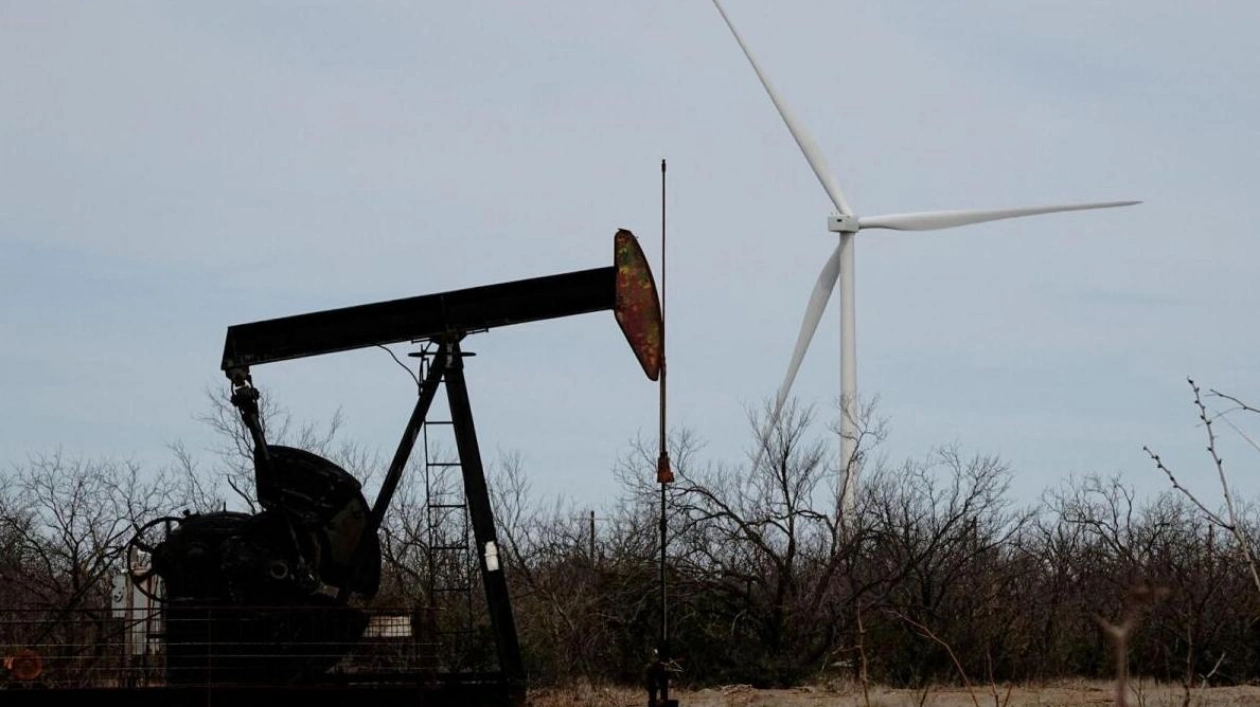International crude oil prices experienced a rise on Monday, rebounding from an eight-month low last week, as escalating violence in the Middle East raised concerns about supply disruptions. Meanwhile, the Federal Reserve in the US hinted at a possible interest rate cut next month. This resurgence in prices occurred as Morgan Stanley adjusted its oil price forecasts lower, citing anticipated increases in supply from both OPEC and non-OPEC producers due to indications of weakening global demand, according to a recent report.
Brent crude futures increased by $2.28, or 2.89%, reaching $81.30 per barrel by 10:30am ET (1430 GMT), while US crude futures rose to $77.30, up $2.47, or 3.3%. Analysts suggest that the recent fluctuations in oil prices might also be influenced by a global supply reduction to a two-year low, with OECD stocks notably below the ten-year seasonal average by 120 million barrels, or 4.0%. US oil inventories have been decreasing consecutively for several weeks.
In a development that further supported prices, Federal Reserve Chairman Jerome Powell hinted at a potential interest rate cut during the central bank's next monetary policy meeting in September. Powell emphasized the need for policy adjustments during his speech at the Kansas City Fed's annual economic conference in Jackson Hole, Wyoming, noting that the direction of travel is clear, with the timing and pace of rate cuts dependent on incoming data and the evolving outlook.
Crude oil prices have exhibited significant volatility, recovering from recent lows partly due to short-covering. The expectation of a possible rate cut by the US Federal Reserve is bolstering crude oil prices at lower levels. Additionally, better-than-expected US existing home sales data and weekly inventory reports, showing declines in crude oil, gasoline, and distillate stocks more than anticipated, have supported the price recovery.
However, concerns about Chinese demand and the potential for a ceasefire in the Israel-Hamas conflict are limiting the gains in crude oil prices. Morgan Stanley has revised its oil price forecasts downward, anticipating increased supply from OPEC and non-OPEC producers amid signs of weakening global demand. The firm now predicts that while the crude oil market will remain tight through the third quarter, it will start to stabilize in the fourth quarter and could shift to a surplus by 2025.
Morgan Stanley has reduced its global oil demand growth estimate for 2024 to 1.1 million barrels per day (bpd), slightly down from its previous forecast of 1.2 million bpd. This adjustment is influenced by a slowdown in production growth from key non-OPEC countries such as the U.S. and Brazil. Despite the downward revision in demand, these adjustments have marginally tightened the overall supply-demand balance for the remainder of the year.
Morgan Stanley had initially expected Brent crude prices to stay in the mid-$80s per barrel range throughout the third quarter of 2024. However, recent market dynamics indicate that traders are already factoring in anticipated supply increases and demand softness expected in 2025. As a result, the firm has lowered its Brent price forecast for the fourth quarter to $80 per barrel, down from $85, and now anticipates prices to gradually decrease to $75 per barrel by the end of 2025, slightly lower than their previous estimate of $76.
China's economic slowdown has significantly impacted this revised demand outlook. Morgan Stanley identifies several contributing factors, including a rise in sales of LNG-powered trucks, which are replacing traditional diesel fuel, and the increasing adoption of electric vehicles. Additionally, slower growth in demand for petrochemical feedstocks is another reason for the lower demand growth estimate.
Although current spot market conditions remain tight, Morgan Stanley's analysis suggests that market participants are increasingly focusing on the anticipated softening in the latter part of 2024 and beyond. This shift in market sentiment reflects a cautious approach by investors and industry stakeholders, who are preparing for a potential rebalancing of supply and demand dynamics in the coming years.






